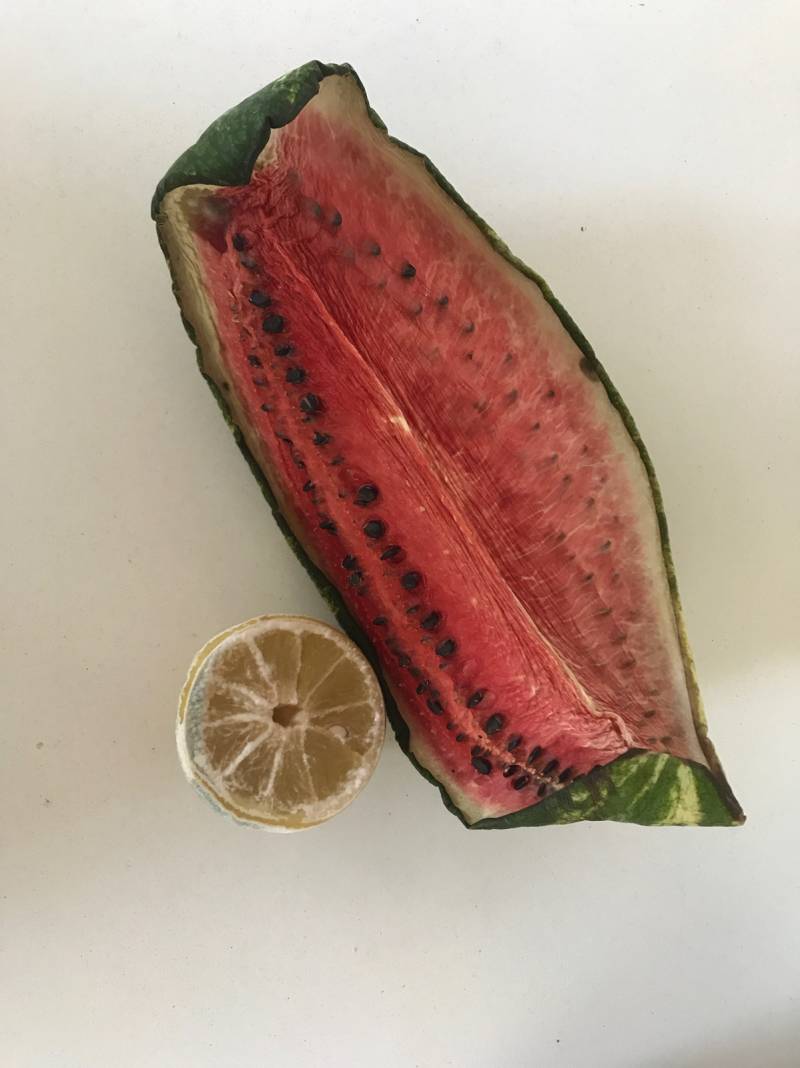
Works by artists Lara Tabet & Randa Mirza, represented by Galerie Janine Rubeiz and Galerie Tanit, along with artist Rasha Kahil were featured in the seventh edition of Unseen photo fair in Amsterdam as the Gallery's second participation in the fair.
----------------------------------------------------------------
“End-to-end encryption”
By: Lara Tabet & Randa Mirza
Jeanne et Moreau is the pseudonym of two women photographers in a long-distance relationship
Their exchanges rely on digital technology: Facebook, Facetime, Instagram, e-mails, WhatsApp, Skype...
They mainly use photography and video; the image becomes a conversation space where they can project emotions, fantasy and desire creating a shared visual diary that encompasses times together and times apart. They are building a large, common visual archive that exists in the privacy and safety of digital memory. The phone allows a virtual narrative to unfold. With one click, images are recorded, filtered, cropped, sent and stored. The data created within, and especially for the private sphere is made public through an artistic project that unfolds over several chapters and is constantly evolving and incorporating new material, since it follows Jeanne et Moreau's ongoing relationship in real time.
PHOTOGRAPHY LIES BUT I HAVE OTHER ROMANTIC IDEAS
Photography lies but I have other romantic ideas is a videocollage using the cut up technique.
Phone videos are edited on a musical score based on a whatsapp chat exchange between the two lovers.
SEXIES
The sexually explicit images that Jeanne et Moreau send to each other are cut and rearranged into collages reminiscent of the pixelization used in censorship. This technique allows to hide and reveal at the same time which brings us to the questions of what is shown and what is hidden on social media and the way one can curate their own image.
“Anatomy of a scandal”
By: Rasha Kahil
In November 2013, and 2 years after its last exhibition, international satellite channel Al-Jadeed featured my photographic series In Your Home as a news interest story within their Trending programme. The host aired screenshots of my website as well as censored images from the series, inviting the audience to question whether the work of "this Lebanese girl" should be considered as art or a scandal.
From that instant, I became a web controversy, as the story was promptly picked up by numerous online news channels, discussed by hundreds in comment sections and shared on social media. People were either defending my work-and condemning the media for birthing the scandal-or vilifying it, judging me as a woman, as an Arab, as an artist.
Idid not partake in the debate and declined invitations to "defend myself" on television talk show panels, knowing my voice would only fuel and validate the sensationalist fodder rather than allow for constructive dialogue. Instead, I observed in silence and forensically collected all the online material created by the media storm. I was especially interested in the comment threads that grew under the Facebook news stories about me. Trolling is a widespread phenomenon whereby online lynching occurs within the seemingly safe and 'anonymous' confines of the web. However, these Facebook news pages were very public, and alongside each comment was the name and profile picture of the speaker, which I duly recorded.
I also collected all the censored In Your Home images created by the different media outlets-a liberal use of pixels, black bars, and Photoshop blur and paint marks-as well as the emails that were sent to me soliciting my friendship, my hand in marriage, my participation in porn films, or genuinely encouraging my work.
Consisting of framed email printouts, original In Your Home framed prints now similarly
'censored', and a video piece in which I narrate online comments about me, my work and my body, Anatomy of a Scandal is a multimedia installation that translates the virtual scandal into a physical experience. The resulting documentation is an attempt to neutralise the violent initial assault through its dismantling, and to address notions of shame and the female body in the age of online chatter.